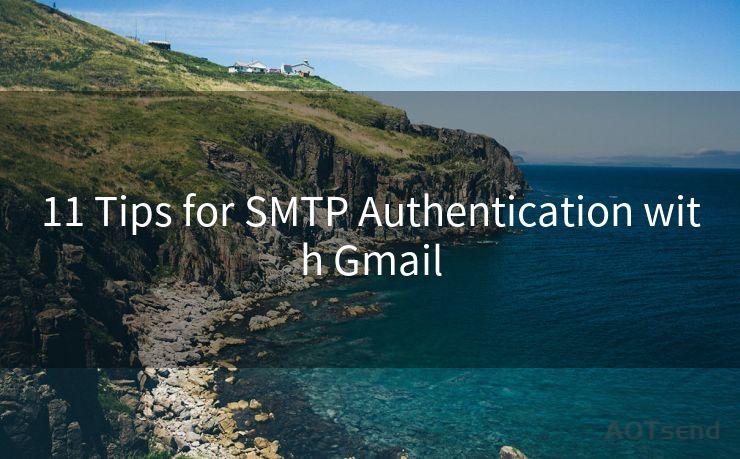6 Essential Steps for Effective Simulated Phishing Tests
Hello everyone, I’m Kent, the website admin. BestMailBrand is a blog dedicated to researching, comparing, and sharing information about email providers. Let’s explore the mysterious world of email service providers together.
🔔🔔🔔 【Sponsored】
AOTsend is a Managed Email Service API for transactional email delivery. 99% Delivery, 98% Inbox Rate.
Start for Free. Get Your Free Quotas. Pay As You Go. $0.28 per 1000 Emails.
You might be interested in:
Why did we start the AOTsend project, Brand Story?
What is a Managed Email API, How it Works?
Best 24+ Email Marketing Service (Price, Pros&Cons Comparison)
Best 25+ Email Marketing Platforms (Authority,Keywords&Traffic Comparison)




In the ever-evolving landscape of cybersecurity, phishing attacks remain a persistent threat. To combat this, organizations often conduct simulated phishing tests to assess their employees' susceptibility and response to such attacks. Here are six essential steps to ensure effective simulated phishing tests.
Step 1: Define Clear Objectives
Before conducting a simulated phishing test, it's crucial to define clear objectives. Determine what you want to achieve with the test: Is it to assess employee awareness? Identify vulnerable departments? Or evaluate the effectiveness of your security training? Clear objectives will help you design a targeted test and interpret the results effectively.
Step 2: Create Realistic Scenarios
For a simulated phishing test to be effective, it must mimic real-world phishing attempts. Create emails that are believable and relevant to your organization's context. Use current events, trending topics, or even internal communications as bait to make the emails more convincing.
Step 3: Educate Employees Beforehand
While the goal is to test employees' responses, it's important to ensure they understand the purpose of the test. Brief them about the upcoming simulation and encourage them to report any suspicious emails. This way, employees won't be alarmed when they receive the test emails, and you'll get more accurate results.
Step 4: Execute the Test
Send out the simulated phishing emails to a selected group of employees or the entire organization. Monitor the responses closely, noting who clicks on the links or downloads attachments. Use tracking tools to gather data on employee interactions with the emails.
Step 5: Analyze the Results
After the test, analyze the collected data to identify vulnerable areas and individuals. Look for patterns in employee behavior and departments that may need additional training or attention. This analysis will help you refine your security policies and procedures.
Step 6: Provide Feedback and Training
Finally, it's essential to provide feedback to employees on their performance during the simulated phishing test. Use this opportunity to educate them further on phishing attacks and how to identify them. Regular training sessions can reinforce the lessons learned and prepare employees for future threats.
Conclusion

By following these six essential steps, you can conduct effective simulated phishing tests that will help your organization identify weaknesses and improve its overall security posture. Remember, regular testing and training are key to ensuring your employees are prepared to face the ever-growing threat of phishing attacks.
By incorporating these steps into your security program, you'll not only protect your organization from potential breaches but also empower your employees to become the first line of defense against cyber threats.




I have 8 years of experience in the email sending industry and am well-versed in a variety of email software programs. Thank you for reading my website. Please feel free to contact me for any business inquiries.
Scan the QR code to access on your mobile device.
Copyright notice: This article is published by AotSend. Reproduction requires attribution.
Article Link:https://www.bestmailbrand.com/post1026.html











